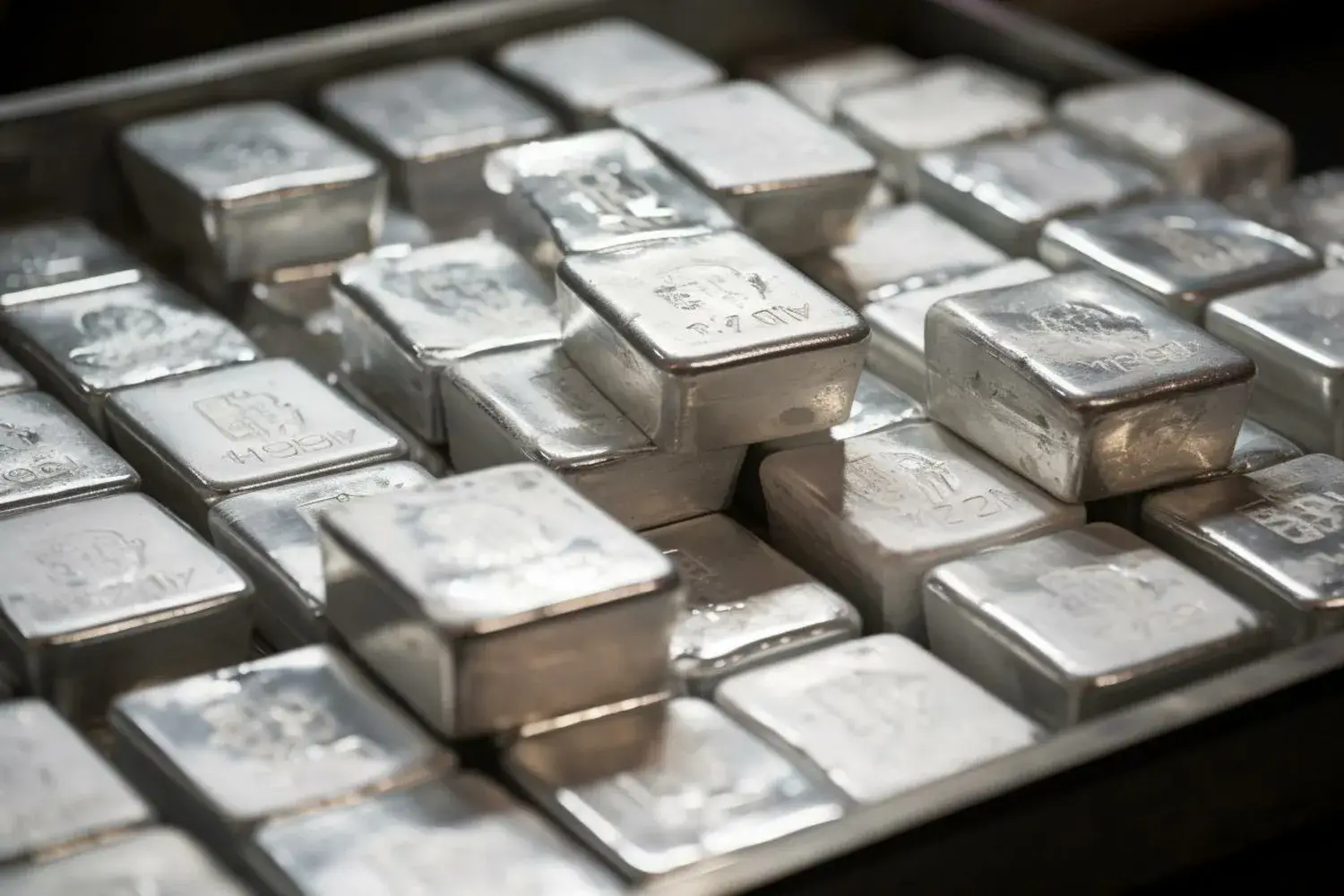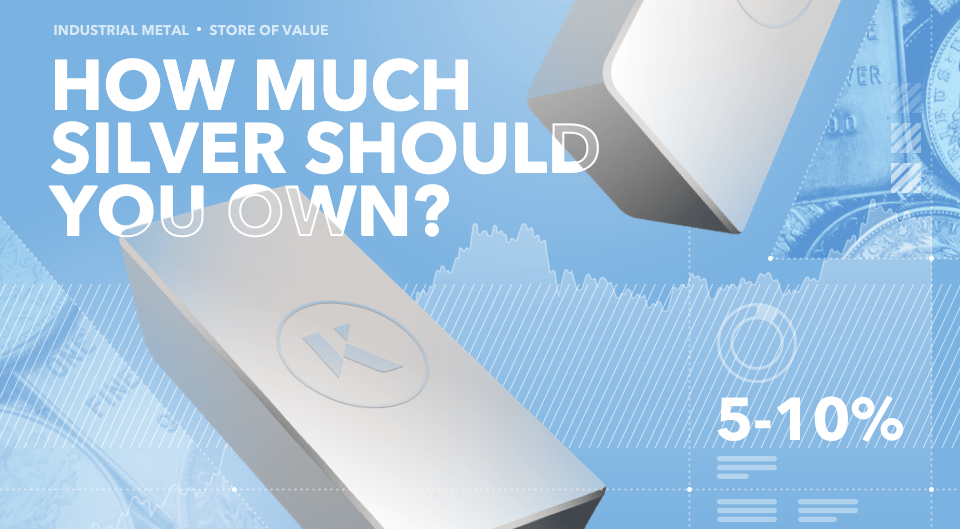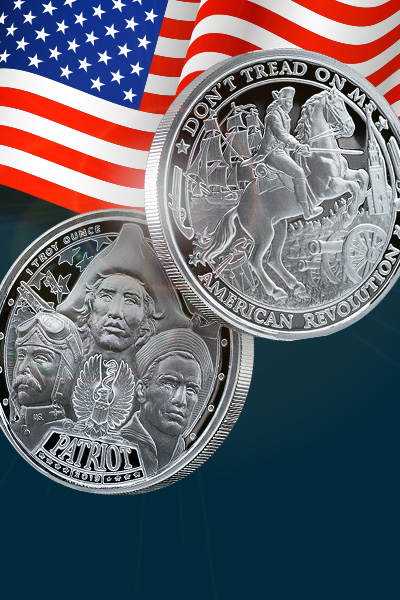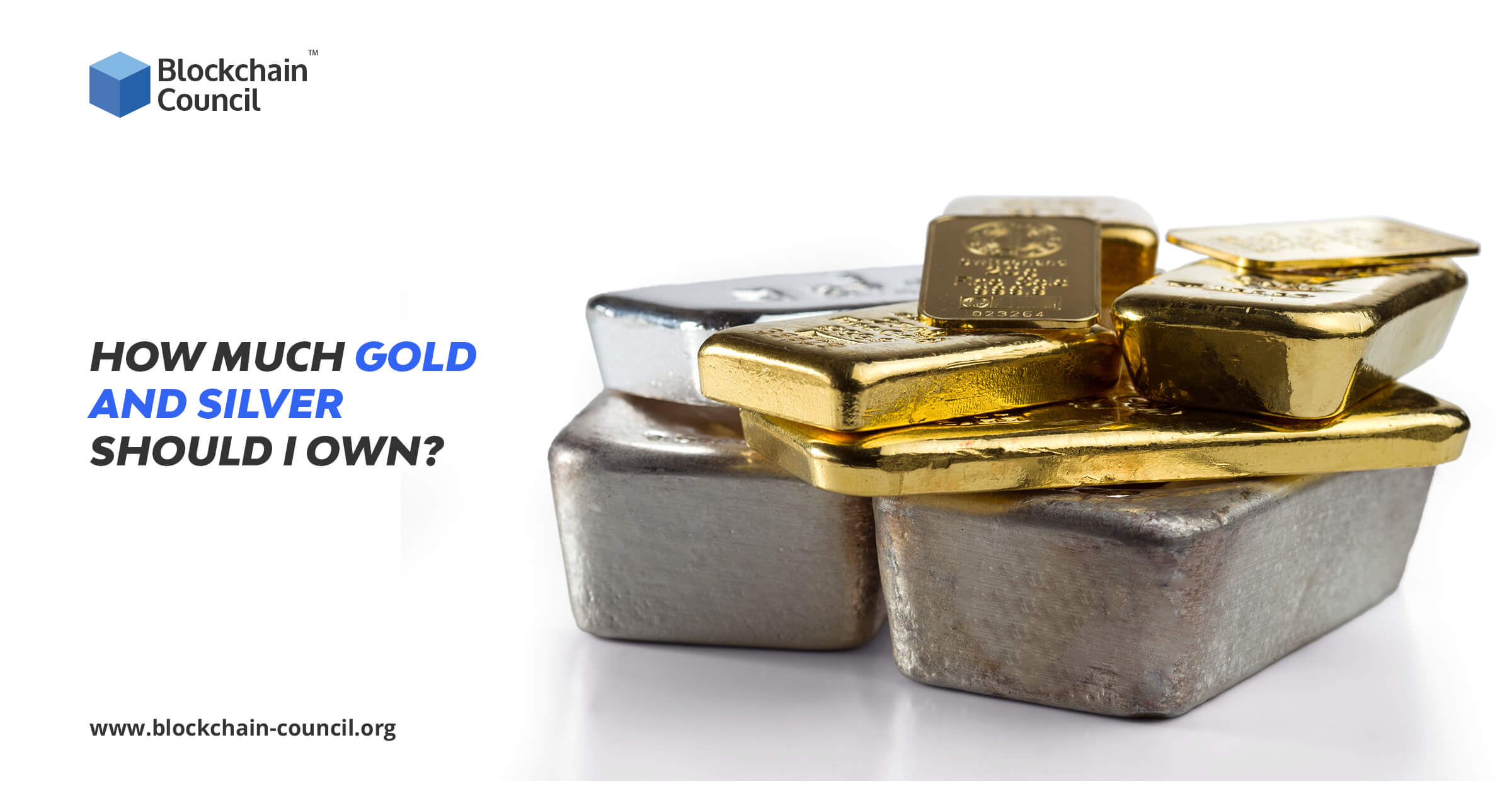How Much Silver Should I Own

The question of how much silver, if any, should be included in an investment portfolio is a recurring one, sparking debate among financial advisors and individual investors alike. Silver, known for its dual role as both a precious metal and an industrial commodity, presents a unique proposition in the realm of asset allocation. Determining the appropriate level of silver ownership requires careful consideration of individual financial goals, risk tolerance, and overall market conditions.
The key takeaway is not a one-size-fits-all answer, but rather a personalized approach guided by understanding silver's potential benefits and drawbacks. This article explores the factors that influence the decision of how much silver to own, providing insights from financial experts and examining current market trends.
Understanding Silver's Appeal
Silver's appeal stems from several factors. It acts as a store of value, particularly during times of economic uncertainty or inflation. Demand for silver in industrial applications, such as electronics and solar panels, also adds to its value, creating a dynamic between investment demand and practical usage.
Historically, silver has been considered a hedge against inflation, although its performance in this regard can be variable. Unlike gold, which is primarily used for investment and jewelry, silver sees significant demand from various industries.
Factors Influencing Silver Allocation
Several factors should be considered when determining an appropriate silver allocation. These include risk tolerance, investment horizon, and overall portfolio diversification.
Risk tolerance plays a significant role. Silver prices can be volatile, experiencing sharper price swings than more traditional assets like stocks and bonds. Investors with a low-risk tolerance might prefer a smaller allocation, if any, to silver.
Investment horizon is another important factor. Longer-term investors might be more comfortable with the potential for price fluctuations, viewing silver as a long-term store of value. Short-term investors might find silver too risky, given its price volatility.
Portfolio diversification is key. Financial advisors often recommend allocating a small percentage of a portfolio to precious metals like silver to reduce overall risk. This allocation can help offset losses in other asset classes during economic downturns.
Expert Perspectives on Silver Allocation
Financial experts offer varying perspectives on the ideal silver allocation. Many suggest a range of 5% to 10% of a portfolio dedicated to precious metals, including silver and gold.
Some advisors recommend a more conservative approach, advocating for only 1% to 3% of a portfolio in silver. This is especially true for investors nearing retirement or those with a lower risk tolerance.
Others might suggest a higher allocation during periods of economic uncertainty or high inflation. These higher allocations are often based on the belief that silver will outperform other asset classes during these periods.
How to Invest in Silver
There are several ways to invest in silver. These include buying physical silver, investing in silver ETFs, and purchasing shares of silver mining companies.
Physical silver, such as coins and bars, provides direct ownership of the metal. However, it also involves storage costs and potential security concerns.
Silver ETFs offer a convenient way to gain exposure to silver prices without the need to store physical metal. These ETFs track the price of silver and are traded on stock exchanges.
Silver mining companies offer indirect exposure to silver prices. The performance of these companies is often correlated with silver prices, but it is also influenced by company-specific factors.
The Role of Economic Conditions
Economic conditions play a significant role in silver prices. Inflation, interest rates, and global economic growth can all impact silver demand and prices.
During periods of high inflation, investors often turn to precious metals like silver as a hedge against the eroding value of fiat currencies. This increased demand can drive up silver prices.
Interest rate hikes can negatively impact silver prices. Higher interest rates make bonds and other fixed-income investments more attractive, reducing demand for non-yielding assets like silver.
Global economic growth can increase demand for silver in industrial applications. Strong economic growth typically leads to increased manufacturing activity, which requires silver for various products.
"Investing in silver, like any investment, requires careful due diligence and an understanding of the risks involved," says John Smith, a certified financial planner.
A Human Perspective
For some, the appeal of owning silver goes beyond purely financial considerations. It can represent a tangible connection to history and a sense of security in uncertain times.
"I like the idea of holding something real, something that has intrinsic value," says Mary Jones, an individual investor who allocates a portion of her portfolio to silver. "It gives me peace of mind knowing that I have a hedge against potential economic turmoil."
However, it is important to remember that silver is not a guaranteed path to wealth. It is an investment that carries risks, and it should be approached with caution and careful planning.
Conclusion
Determining how much silver to own is a personal decision that depends on individual circumstances and financial goals. There is no magic number or universally recommended allocation.
By carefully considering risk tolerance, investment horizon, and overall portfolio diversification, investors can make informed decisions about whether and how much silver to include in their portfolios. Consulting with a financial advisor is always recommended.
Ultimately, the key to successful silver investing is to understand its potential benefits and drawbacks and to approach it with a well-defined strategy.






![How Much Silver Should I Own How Much Silver Can I Legally Own [2025]](https://westminstermint.com/cdn/shop/articles/How_Much_Silver_Can_I_Buy_Without_Reporting_9f8f8395-c10b-4cfc-a04c-922609a47f88.jpg?v=1738618364&width=1500)







![How Much Silver Should I Own How Much Silver Can I Legally Own [2025]](https://cdn.shopify.com/s/files/1/0658/6289/3752/files/ramiro-pianarosa-V6sWGyNjNOc-unsplash.jpg?v=1724766953)



